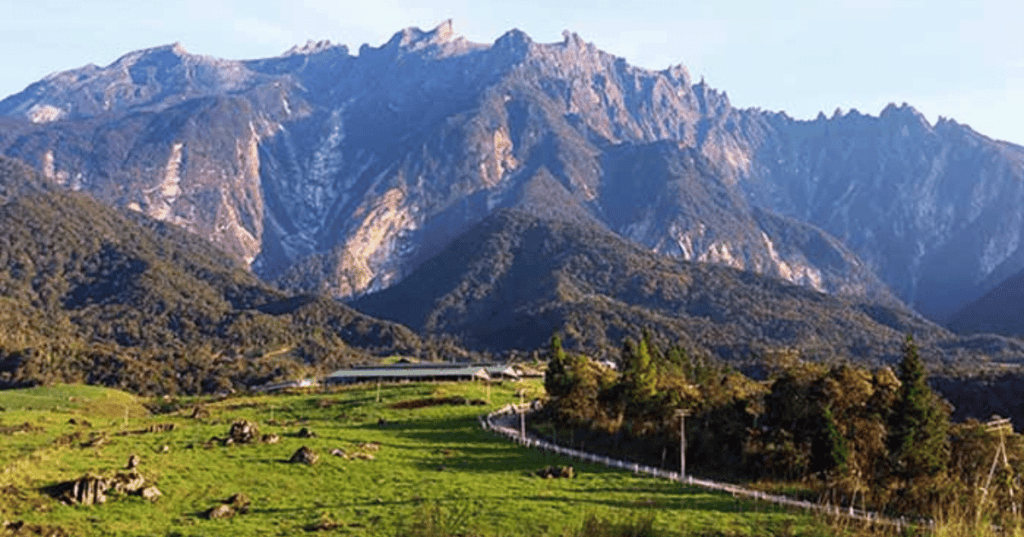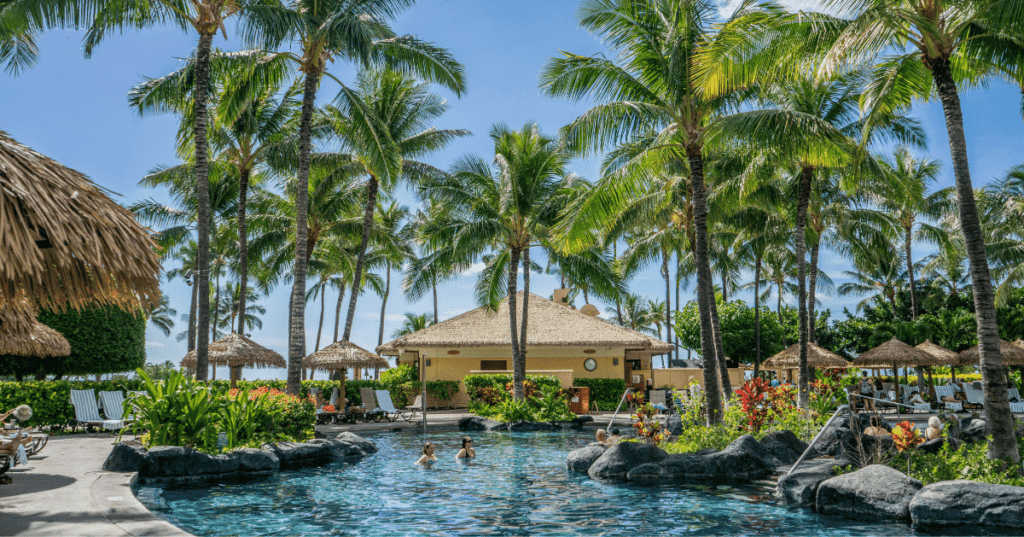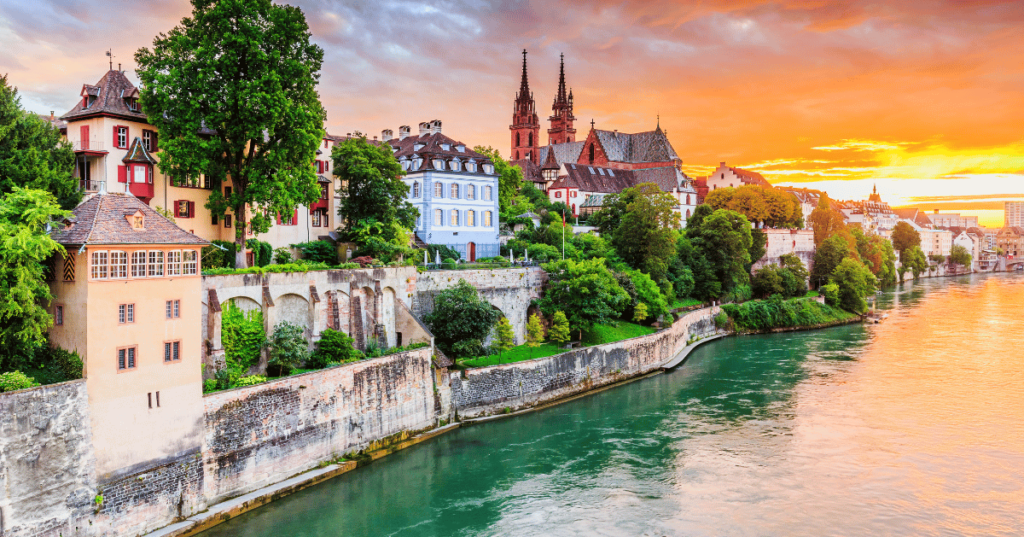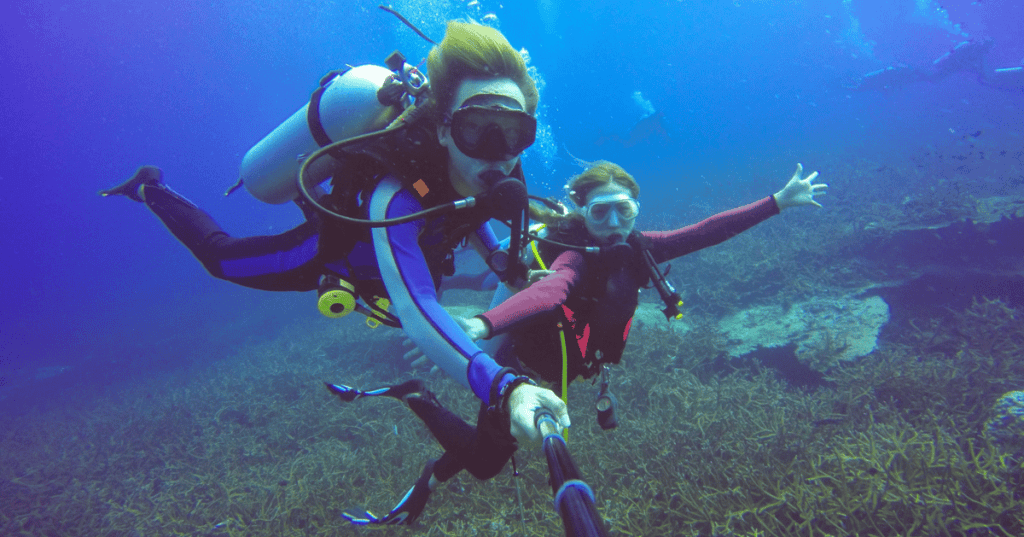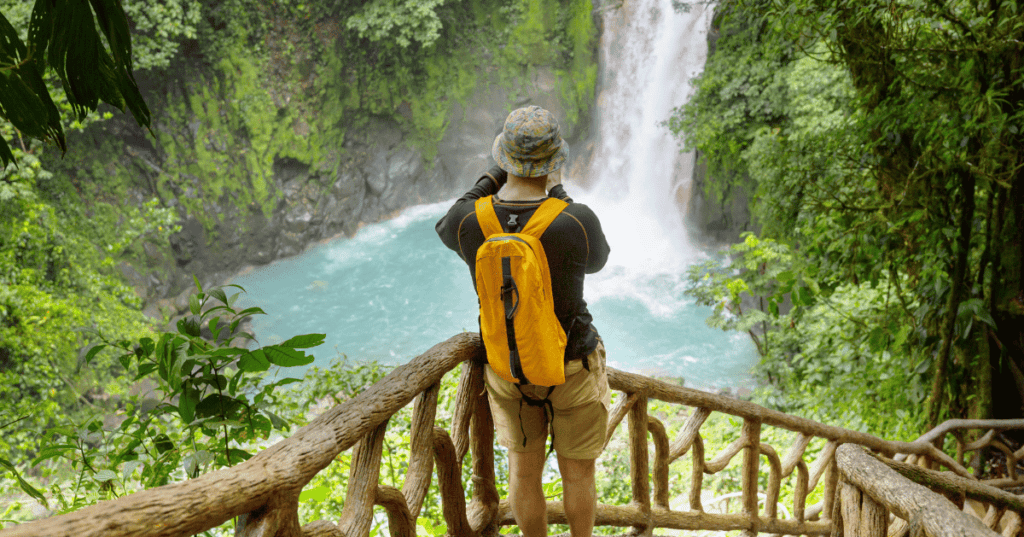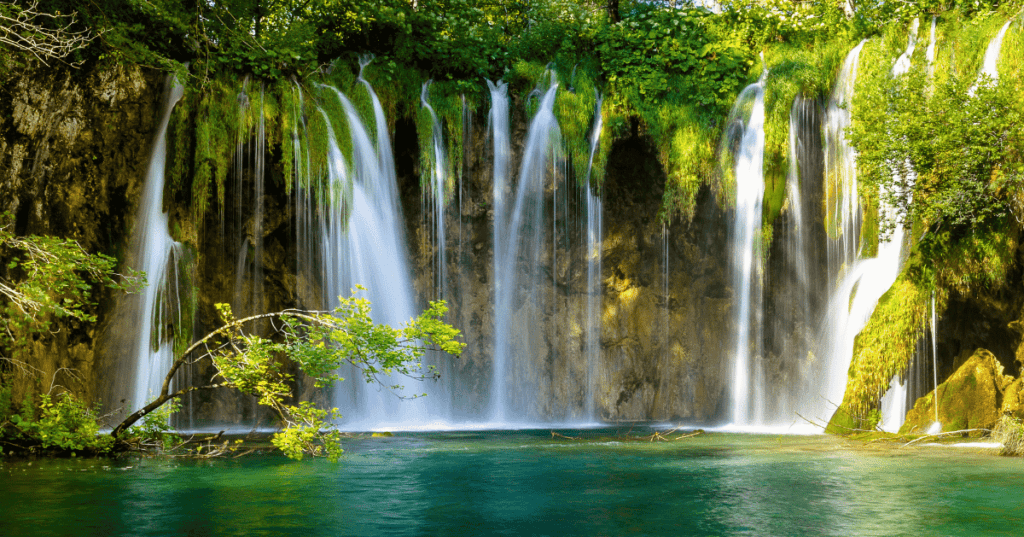If you’re dreaming of conquering Southeast Asia’s highest peak, look no further. I recently embarked on a solo journey to Mount Kinabalu in Malaysia.
And I’m here to share everything you need to know to plan your own epic adventure. From getting there to what to pack, this comprehensive guide has got you covered.
Why Visit Mount Kinabalu?
Mount Kinabalu isn’t just a mountain; it’s a UNESCO World Heritage site and a true natural wonder. Standing at 4,095 meters, it’s the highest peak between the Himalayas and New Guinea.
The climb offers stunning biodiversity, with unique flora and fauna, and panoramic views that make every step worth it. Whether you’re an experienced hiker or a beginner, Mount Kinabalu is a must-visit for anyone who loves nature and adventure.
How to Get There
By Air
The most convenient way to reach Mount Kinabalu is by flying into Kota Kinabalu International Airport (BKI). There are direct flights from major cities like Kuala Lumpur, Singapore, and Hong Kong. From the airport, you can take a taxi or a shuttle bus to the city center.
By Bus
If you’re traveling on a budget, you can take a bus from Kota Kinabalu to Kinabalu Park. The journey takes about 2 hours, and buses depart regularly from the city’s main bus terminal. The bus ride is quite scenic, offering glimpses of the lush Borneo landscape.
By Car
For more flexibility, consider renting a car. The drive from Kota Kinabalu to Kinabalu Park takes around 2 hours. The roads are well-maintained, and the scenic drive through the Crocker Range is a bonus.
Where to Stay
There are various accommodation options near Mount Kinabalu, ranging from budget hostels to luxury resorts. Here are a few recommendations:
Budget
- Jungle Jack Backpacker Lodge: A friendly and affordable place with basic amenities and a great atmosphere.
- Kinabalu Mountain Lodge: Offers dormitory and private rooms with stunning views of the mountain.
Mid-Range
- Kinabalu Pine Resort: Comfortable rooms with beautiful garden views and a cozy restaurant.
- Hill Lodge: Located within Kinabalu Park, offering convenient access to the trails.
Luxury
- Sutera Sanctuary Lodges: For those who prefer a bit of luxury, these lodges offer top-notch facilities and breathtaking views.
Best Time to Visit
The best time to climb Mount Kinabalu is during the dry season, from March to September. The weather is more predictable, and you’re less likely to encounter heavy rain. However, be prepared for cooler temperatures at higher altitudes, especially early in the morning and late at night.
Climbing Mount Kinabalu
Permits and Guides
To climb Mount Kinabalu, you need a permit, which you can obtain from the Sabah Parks office. It’s also mandatory to hire a guide, as the trail can be challenging and the weather unpredictable. You can book both the permit and guide in advance through the Sabah Parks website or at the Kinabalu Park headquarters.
The Trail
The most popular route is the Summit Trail, which starts at Timpohon Gate. Here’s a brief overview of the climb:
- Day 1: Start your climb from Timpohon Gate (1,866m) to the Laban Rata Resthouse (3,272m). This part of the trail takes about 4-6 hours, and you’ll pass through different vegetation zones, from tropical rainforest to alpine meadows.
- Day 2: Wake up early (around 2 am) to start your ascent to the summit. It takes about 3-4 hours to reach Low’s Peak (4,095m) in time for sunrise. The final stretch involves scrambling over granite rocks, but the view from the top is absolutely worth it.
What to Pack
- Clothing: Layered clothing for warmth, a rain jacket, gloves, and a hat.
- Footwear: Sturdy hiking boots with good grip.
- Gear: Headlamp, trekking poles, and a small daypack.
- Other Essentials: Snacks, water, a first aid kit, and sunscreen.
Other Activities in Kinabalu Park
If you have extra time, explore the other attractions in Kinabalu Park:
Poring Hot Springs
After the climb, relax your muscles at Poring Hot Springs, located about 40 km from the park headquarters. The hot springs are set in a beautiful tropical garden, and you can also enjoy the canopy walkway and butterfly farm.
Botanical Garden
Visit the Kinabalu Park Botanical Garden to learn more about the unique plant species that thrive in this area, including rare orchids and carnivorous plants.
Mount Kinabalu Climbathon
If you’re an experienced climber looking for a challenge, consider timing your visit to coincide with the Mount Kinabalu Climbathon, an annual event that attracts elite mountain runners from around the world.
Tips for Solo Travelers
- Safety: Always inform someone about your climb plans and expected return time. Stick with your guide and group.
- Budgeting: The climb can be pricey due to permit and guide fees, so plan your budget accordingly.
- Meeting Fellow Travelers: Hostels and lodges are great places to meet other climbers. Join a group if you prefer not to climb alone.
Conclusion
Climbing Mount Kinabalu is a challenging but incredibly rewarding experience. From the lush rainforests at the base to the stark granite summit, every step is an adventure. With this guide, you’re well-prepared to embark on your own journey to the top of Southeast Asia’s highest peak. Happy climbing!
FAQs on Climbing Mount Kinabalu
1. Do I need a permit to climb Mount Kinabalu?
Yes, a permit is required to climb Mount Kinabalu. You can obtain it from the Sabah Parks office or book it in advance through their website.
2. Is it mandatory to hire a guide?
Yes, hiring a guide is mandatory for the climb to ensure safety and navigation.
3. How difficult is the climb?
The climb is moderately challenging, requiring a good level of fitness. It involves steep and rocky sections, especially near the summit.
4. What is the best time of year to climb Mount Kinabalu?
The best time to climb is during the dry season, from March to September, when the weather is more stable.
5. How long does it take to climb Mount Kinabalu?
The climb typically takes two days: one day to reach the Laban Rata Resthouse and the next day for the summit ascent.
6. What should I pack for the climb?
Pack layered clothing, a rain jacket, sturdy hiking boots, a headlamp, trekking poles, snacks, water, a first aid kit, and sunscreen.
7. Can beginners climb Mount Kinabalu?
Yes, beginners can climb Mount Kinabalu, but they should be in good physical condition and prepared for a strenuous hike.
8. Are there any age restrictions for climbers?
Yes, climbers must be at least 10 years old. There is no upper age limit, but climbers should be physically fit.
9. What accommodation options are available near Mount Kinabalu?
Accommodation ranges from budget hostels and lodges to mid-range resorts and luxury lodges within and near Kinabalu Park.
10. Can I climb Mount Kinabalu solo?
While you can travel solo, you must climb with a guide and usually in a group. Solo climbing without a guide is not allowed.
11. How do I get to Mount Kinabalu?
Fly into Kota Kinabalu International Airport, then take a taxi, shuttle bus, or rental car to Kinabalu Park. Alternatively, you can take a bus from Kota Kinabalu to the park.
12. Are there other activities to do in Kinabalu Park?
Yes, you can visit the Poring Hot Springs, the Kinabalu Park Botanical Garden, and explore various trails and natural attractions within the park.
13. What is the weather like on Mount Kinabalu?
The weather can vary greatly. It’s warm and humid at the base, cooler and wetter at higher altitudes, and cold near the summit, especially early in the morning.
14. Is it safe to climb Mount Kinabalu?
Yes, it’s generally safe, especially with a guide. However, be prepared for changing weather conditions and physical exertion.
15. How much does it cost to climb Mount Kinabalu?
Costs can vary but expect to pay for permits, guide fees, accommodation, and transportation. Budget around USD 300-500 depending on the services and accommodation you choose.
16. Can I use a credit card for payments in Kinabalu Park?
It’s advisable to carry cash, as not all places may accept credit cards. The park headquarters and some lodges do accept cards, but smaller shops and eateries may not.
17. Are there food and water available during the climb?
Yes, meals are provided at the Laban Rata Resthouse. It’s also recommended to carry snacks and sufficient water for the hike.

